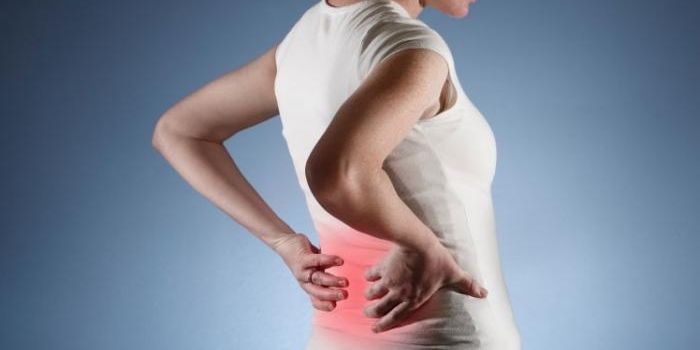Back pain in women
A few months ago, we came across new diagnostic and therapeutic information on Premenstrual Syndrome (PMS), discovered and applied by Dr. Jorge Lolas. We have been reanalyzing the concepts of lumbago, cervicalgia, and women’s back pain as a whole. Of course, we do not ignore the traditional concepts and our accumulated experience throughout the years. This allows us to diagnose and treat spinal conditions whenever there is a treatable pathology. But, how many women go see a doctor for lower back pain, dorsalgia, and chronic cervicalgia without an evident pathological substrate in the diagnostic tests? How many women are diagnosed with fibromyalgia when having different types of pain? Why is fibromyalgia mainly manifested in women? Why are so many women hypersensitive to the touch, so much as the touch of a sweet hug? There are also men in the same situation, but it is most common in women. It might be lesser muscle development, or higher sensitivity and tendency for women to suffer from stress due to family or work-related problems…, but we are probably not considering other pathological processes, mainly because they are still unknown.
One of the most puzzling symptoms of PMS is low back pain. It is with certainty a type of dysmenorrhea that instead of manifesting at the pelvis, is felt at the renal sinus. Patients go see their gynecologist because they relate it to premenstrual symptoms, at least at the beginning, but when the gynecologist does not find any problems (like it usually happens), patients are sent to see a spine specialist, who will not find any problems, except by chance. Unsolved case…
Another frequent symptom is chronic cervicalgia by muscle spasm, non-responsive to treatment in many occasions. Pain to the light touch of the skin is common in severe cases. It is evident, in these extreme cases, the presence of other problems besides the muscle condition. It could be interpreted as a decrease in the pain threshold, that is, a pathological increase of the skin and myofascial pain and tension receptors’ response.
Why does the pain threshold decrease? There are many reasons. The psychogenic factor is among them, and it is the most important to date, but there are many inflammatory mediators that modify this parameter. When referring to women, and considering Dr. Lolas’ theory, the causal factor for pain hypersensitivity, never taken into account before, is the increase of circulating prostaglandins. Where does so much prostaglandin come from? A swollen cervix is an amazing prostaglandin factory that produces an inflammatory and hyperalgesic state throughout the body, among other changes, such as the neuropsychological. It is interesting that there are treatments for inflammatory processes of any body parts. Why is cervicitis the only body inflammation that doctors have ignored?
Cervical inflammation is to be considered as a new possible cause for back pain (and other symptoms). Fortunately, there is a treatment.


0 Comments